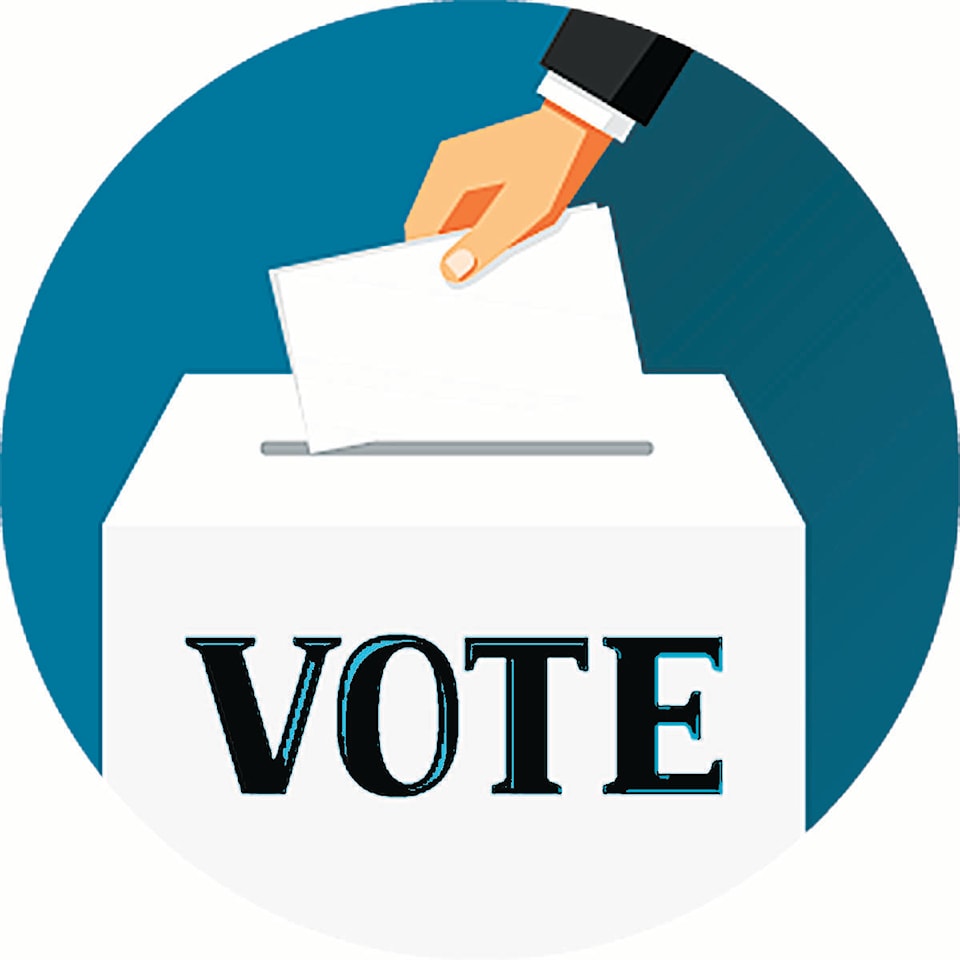By George Brockhurst – Grade 8 student at Ladysmith Secondary School
As if wildfires, COVID, and crazy weather weren’t enough, B.C. decided to call an early election.
During the B.C. provincial election, LSS set up their own vote for us students.
Last year’s winners of the Federal election were the Liberals, but the Green Party was the one to win the student vote with 40 percent of the vote. In the real election, Nanaimo-Ladysmith elected a Green MP with 34.5 percent of the vote.
RELATED: Green Party’s Paul Manly re-elected in Nanaimo-Ladysmith
It’s not surprising that the Greens won in our election. The Green Party’s main issue is environmental sustainability, a hot topic among students.
Other relevant policies to us include LGBTQ+ rights, Indigenous rights, racism, and equality. These are big deals here at LSS, so you would expect to see a good chunk of the votes go to parties that address these issues.
Looking at the recent provincial election, the NDP won by quite a big margin in both the provincial and student vote. This was no surprise, considering how well NDP have handled the pandemic. I thought it would be another Green year, but I guess not.
RELATED: Routley retains his post as Nanaimo-North Cowichan MLA
Looking a bit more into the vote, the Green Party tied their best ever results with 3 ridings won, two of which were one the Island, and their first ever victory on the mainland. Meanwhile, the Liberals were clobbered and reduced to a projected 29 seats.
I asked some of my fellow students about their opinion on the vote. Most students told me that they felt they gained experience by participating in a vote. When asked if students were taking this seriously, many responded that they were, for the most part. Finally, when asked if they planned to vote in the future, I was delightfully surprised to hear everyone say “yes.” A good sign for future voting.
This made me realize that youth are more involved in politics than ever, even if they can’t vote. There are more young activists than ever before in history; teens taking action in neighborhoods through peaceful protests and community projects, and many political movements on social media.
This is amazing, but only one side of the story. On the other hand, more and more fake news is spreading on places like Instagram and Facebook daily, confusing voters and distorting the truth. These messages might be targeted more at adults, but it still reaches us teens.
So, with the election now behind us, but more to come in the future we should ask ourselves: What is the role of youth in our elections? How can I help inform them and help them understand what is fake or real? How can I encourage youth to vote for what they believe?
Youth have the power to shape the future. We just don’t know what that will look like yet.
